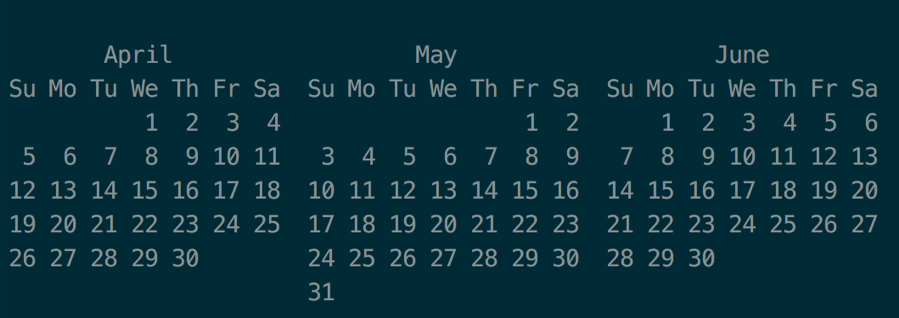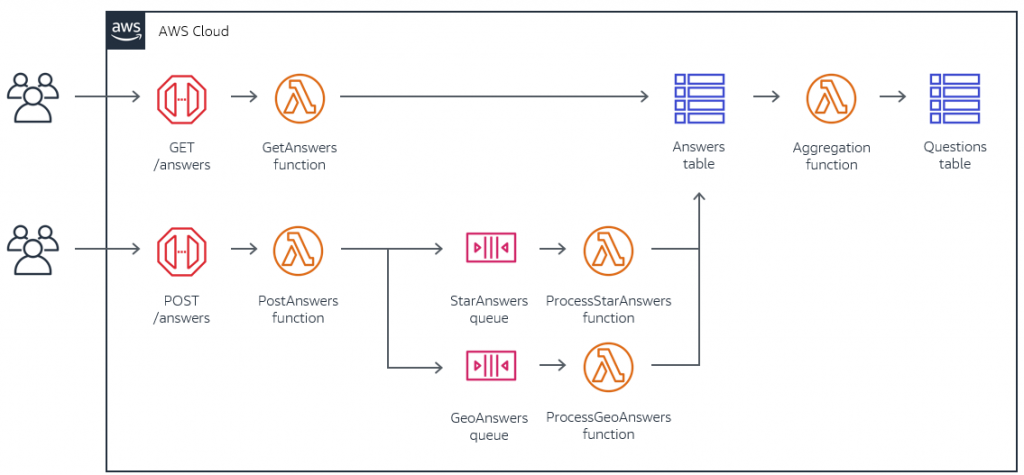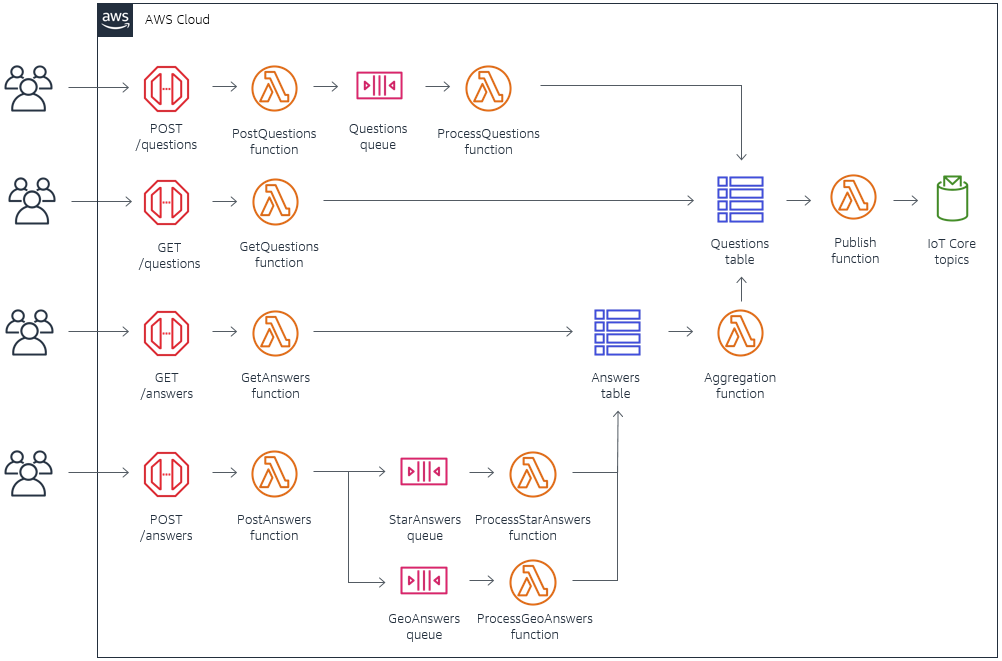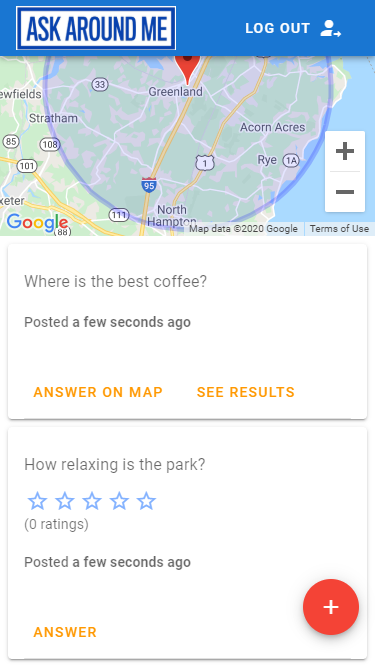AWS Compute Blog
Category: Database
Building a serverless tokenization solution to mask sensitive data
This post shows how to use AWS Serverless services to design a secure, reliable, and cost-optimized tokenization solution. It can be integrated with applications to protect sensitive information and manage access using strict controls with less operational overhead.
Modeling business logic flows in serverless applications
Serverless applications can help you develop more agile applications that can scale automatically. By using serverless services in your architecture, this reduces the amount of boilerplate code. It also helps offload complex tasks to specialized services. As a result, a well-designed serverless application can be modified easily to deliver new feature requests, while maintaining high […]
ICYMI: Serverless Q2 2020
Welcome to the 10th edition of the AWS Serverless ICYMI (in case you missed it) quarterly recap. Every quarter, we share all of the most recent product launches, feature enhancements, blog posts, webinars, Twitch live streams, and other interesting things that you might have missed! In case you missed our last ICYMI, checkout what happened […]
Load testing a web application’s serverless backend
In this post, I discuss focus areas for load testing of serverless applications, and highlight two tools commonly used. I show how to configure Artillery with customized functions, and how to run tests to simulate load on the Ask Around Me application.
Implementing geohashing at scale in serverless web applications
This blog post explores how you can solve geolocation queries using geohashing. I discuss how you should decide on the resolution of a geohash for your specific workload.
Building well-architected serverless applications: Approaching application lifecycle management – part 2
This series of blog posts uses the AWS Well-Architected Tool with the Serverless Lens to help customers build and operate applications using best practices. In each post, I address the nine serverless-specific questions identified by the Serverless Lens along with the recommended best practices. See the Introduction post for a table of contents and explanation of the example application. Question OPS2: […]
Introducing the serverless LAMP stack – part 2 relational databases
Update – June 30, 2020: Amazon RDS Proxy support for MySQL and PostgreSQL is now generally available. The complete blog series and supporting GitHub repository is now available: Part 1: Introducing the new Serverless LAMP stack Part 2: Scaling relational databases Part 3: Replacing the web server Part 4: Building a serverless Laravel application Part 5: […]
Building a location-based, scalable, serverless web app – part 3
In part 2, I cover the API configuration, geohashing algorithm, and real-time messaging architecture used in the Ask Around Me web application. These are needed for receiving and processing questions and answers, and sending results back to users in real time. In this post, I explain the backend processing architecture, how data is aggregated, and […]
Building a location-based, scalable, serverless web app – part 2
This post explores the backend architecture of the Ask Around Me application. I compare the cost and features in deciding between REST APIs and HTTP APIs in API Gateway. I introduce geohashing and the npm library used to handle geo-location queries in DynamoDB. And I show how you can build real-time messaging into your web applications using the publish-subscribe pattern with AWS IoT Core.
Building a location-based, scalable, serverless web app – part 1
In this post, I introduce the Ask Around Me example web application. Learn to build a serverless realtime, Vue.js web app in part 1 of this series.









